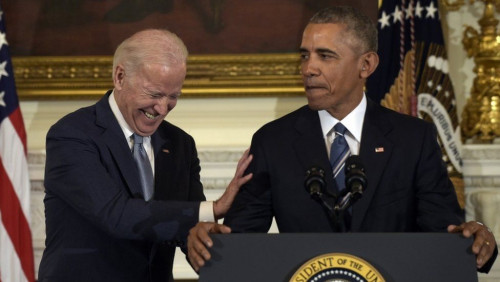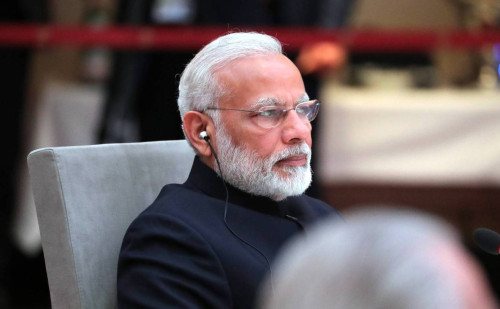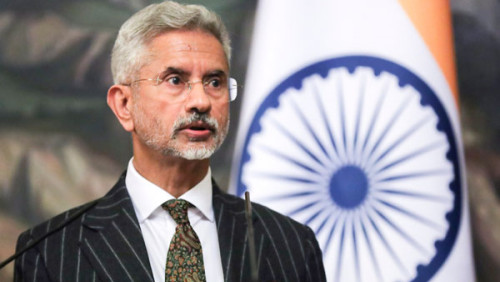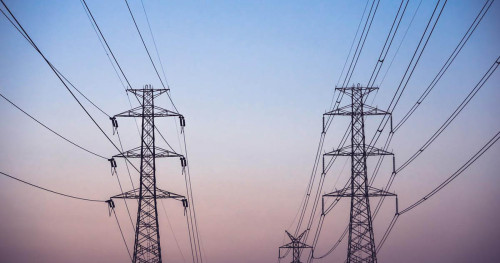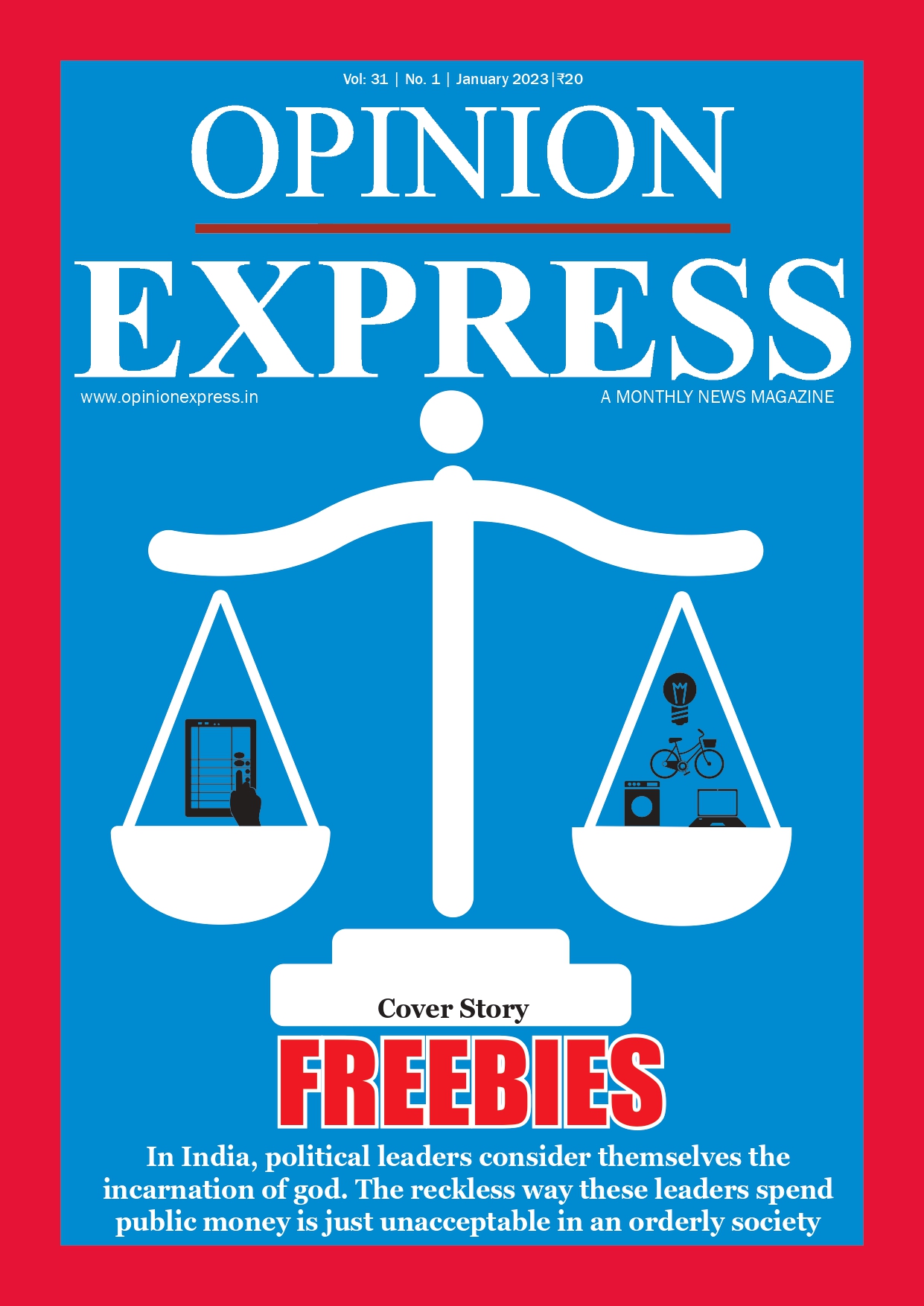TOP STORY
Union Budget 2024-25: A Blueprint for Rural Growth
Finance Minister Nirmala Sitharaman created history by presenting her seventh consecutive budget on ...
Trump Escapes Assassination Attempt, Stays Committ
The Federal Bureau of Investigation (FBI) has identified Thomas Matthew Crooks as the indivi...
Joe Biden Withdraws from Presidential Race, Endors
Joe Biden has withdrawn from the US presidential election and endorsed Vice President Kamala Harris ...
INDIA Bloc - 8, NDA/BJP - 2 In Key Polls Across 7
The Opposition INDIA alliance, which fiercely contested the BJP in the Lok Sabha polls, has triumphe...
TRENDING NEWS
Barack and Michelle Obama Back Kamala Harris's Pre
Former US President Barack Obama and his wife Michelle endorsed Kamala Harris's presidential bid on ...
Sensex, Nifty Dip on Securities Transaction Tax Hi
In early trade on Wednesday, stock market benchmark indices Sensex and Nifty extended their Budget d...
Plane With 19 On Board Crashes At Kathmandu Airpor
Eighteen of the 19 bodies on board a Kathmandu flight were recovered after the plane crashed at a Ne...
Modi 3.0 Budget to be presented today
Finance Minister Nirmala Sitharaman is set to present her seventh consecutive Budget, which ...
EDITORIAL
Analyzing the 2024 Lok Sabha Elections: Domestic and Global Significance
As 1.4 billion Indians gear up for the 2024 Lok Sabha elections, anticipation and speculation are at...
Elections 2023 - Game, set, and Match to brand Mod
The recently concluded state assembly elections in India witnessed a political landscape where the f...
Decoding BJP's Triumph in the State Elections 2023
This success is a combination of Organizational Prowess, Modi Magic, Ideological Foundation, and RSS...
Digital India: An Exemplary Leap Towards Next-Leve
India's Digital India initiative has emerged as a beacon of inspiration, showcasing the country's co...
Freebie is a recipe for a sure disaster
Freebie culture is blamed on political elites only however, bureaucrats drafting policy are left s...
NEWS UPDATE
France Rail Network Hit By Malicious Bug
France's high-speed rail network was targeted by "malicious acts," including arson, disrupti...
Modi: Pakistan Fails to Heed Lessons from Kargil M
Prime Minister Narendra Modi, while paying a tribute to soldiers who died in the 1999 Kargil War, sa...
Respect for LAC Key to Stabilizing India-China Rel
External Affairs Minister S. Jaishankar met with his Chinese counterpart, Wang Yi, on Thursd...
Netanyahu Addresses Congress Amidst Demonstrations
Massive protests erupted in the US as Israeli Prime Minister Benjami...
Khalistanis Have Polluted Canada: Chandra Arya
Chandra Arya, a prominent Canadian MP of Indian origin, voiced concerns on Wednesday about Khalistan...
Latest Video
NRI SPECIAL
Usha Vance: From Lawyer to Potential Second Lady Of USA
Indian-American lawyer Usha Chilukuri Vance has emerged into the national spotlight after her husban...
Pavan Davuluri IIT'ian To Head Microsoft Windows
Pavan Davuluri, an IIT Madras alumnus, has been appointed as the new head of Microsoft Windows and S...
US Condemns Attacks Against Indian Students
In a recent press briefing, the White House addressed the concerning trend of attack...
Tesla car light show organised ahead of Ram temple
In anticipation of the grand inauguration of the Ram Mandir in Ayodhya, enth...
Overseas Indians to hold music show in Washington
A week prior to the highly anticipated consecration of the Ram Mandir in Ayo...
BUSINESS
Sensex, Nifty tumble in trade, weak global peers
Equity market benchmark indices Sensex and Nifty tumbled in early trade on Thursday, continuing to d...
The Roxx Mahindra Thar 5-Door Revealed
The Mahindra Thar 5-door will be named the Mahindra Thar Roxx and is set to debut on August 15th, ma...
Zen Tech Launches 'Made in India' AI-Powered Robot
India's annual defence production has reached a record high of approximately ?1.27 lakh cror...
Google Pixel Smartphones To Be Manufactured in Ind
According to reports, Google is set to make India a key production hub for its Pixel smartphones, wi...
CS Setty to become new chairman of SBI
The Financial Services Institutions Bureau (FSIB) has selected Challa Sreenivasulu Setty, the senior...
SPORTS
SKY To Lead In T20Is, Gill Named Vice-Captain For SL Tour
India vs Sri Lanka Squad Announcement Highlights: Suryakumar Yadav has been appointed to lead the In...
Spain Beat England 2-1 To Clinch Record 4th Euros
Spain secured a dramatic 2-1 victory over England in Berlin on Sunday to claim the Euro 2024...
Gautam Gambhir Appointed Indian Cricket Team New H
Gautam Gambhir will be the next head coach of the Indian cricket team, as confirmed by BCCI secretar...
Champion Team India Returns to Delhi with World Cu
The Indian cricket team arrived in Delhi early this morning after their triumphant 2024 T20 ...
Cricket Greats Kohli and Sharma Announce T20I Reti
Virat Kohli and Rohit Sharma, two of India's greatest cricketers, announced their T20I retirements a...
LIFESTYLE
Unlocking Human Health Secrets Through Fruit Flies
Komal Kumar, a PhD candidate in biological sciences at Michigan Technological University, working un...
Shah Rukh Khan to Receive Prestigious Career Achie
Superstar Shah Rukh Khan will receive the career achievement honor at the 77th Locarno Film ...
The Maestro of Melodies: Prem Anand’s Musical Od
Odissi music, deeply intertwined with the Jagannatha temple of Puri, remains an integral part of Odi...
Yoga unites people with balance, mindfulness & pea
UN Secretary-General Antonio Guterres has praised yoga for its roots in India and its global embrace...
Triple Triumph for India at Cannes 2024
Indian talent made a remarkable impact at the 2024 Cannes Film Festival, with significant wi...
LEGAL
SC gets first judge from Manipur
Justices Nongmeikapam Kotiswar Singh and R Mahadevan were elevated to the Supreme Court on Tuesday, ...
SC to ED: Adhere to Law, Not Discretion, in Arrest
The Supreme Court stated on Friday that arrests under the anti-money laundering law cannot be made a...
Law Commission was bypassed in framing the New cri
Senior Congress leader P. Chidambaram criticized the Centre on Saturday for bypassing the La...
New Criminal Laws Take Effect From Today
India's criminal justice system is undergoing a significant transformation today with the in...
Indian Judiciary Remains Entirely Independent: CJI
Chief Justice of India DY Chandrachud addressed the Oxford Union Society, emphasizing the judiciary'...
OPINION
Trump and America's gun culture are under attack
During a rally on Saturday, former US President Donald Trump narrowly avoided a potentially dangerou...
R G Rajan Recognized with Prestigious U S Awasthi
Shri R. G. Rajan, an Independent Director on multiple boards and a recognized expert in the ...
Caste from Confrontation to Consolidation: The Pol
The history of caste is one of the defining features of politics in Bihar. Without delving deep into...
BHARTIYA NYAYA SANHITA – A POLITICAL AGEDA?
The New Bhartiya Nyaya Sanhita, 2023 (successor of Indian Penal Code, 1860) along with the two other...
The Need for Youth Participation in Bangladesh’s
According to the philosopher Aristotle, "Man is by nature a political animal," and thus, politics is...






